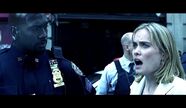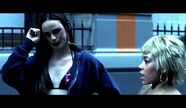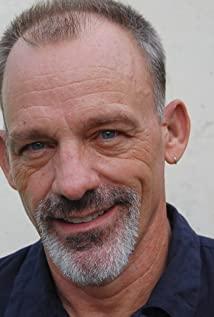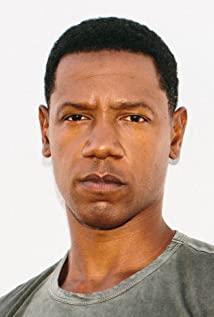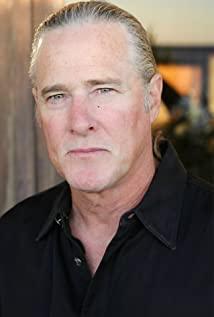Phone Booth evaluation action
-
Icie 2022-03-22 09:01:24
Life is a cruel game, no one can punish anyone without authorization
-
Arnold 2022-03-23 09:01:28
A low-cost masterpiece in a small space, the screenwriter Larry Cohen persuaded Fox to shoot this film with a two-sentence summary of the story. Unfortunately, he failed to take over the guide tube, and Joel Schumache only completed 80%, even though he has shown the director. Skill, but the whole film is only 75 minutes to subtitles, which is a full 15 minutes of length. The film breaks the limit of space, but cannot avoid the repetition of the lens. It is a one-man show by Colin Farrell.
-
Stu: I already told you this is a private conversation. Now, what the fuck do you want?
Capt. Ramey: I just want you to know, that it's safe outside the booth.
The Caller: No, it's not.
Stu: Always get out of the booth. I like in the fucking booth. It's my whole world now, this is my booth and I'm not coming out ever. You hear me? Never.
-
The Caller: Get this man a seat on Oprah!




